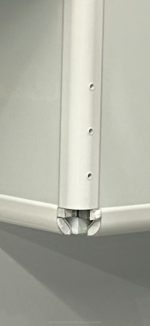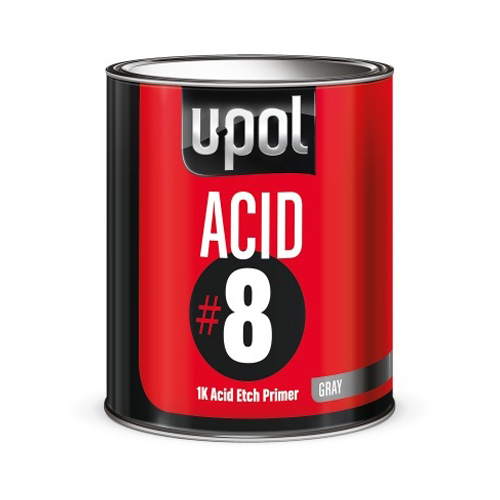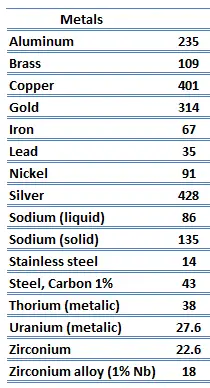I'm always suspect when told someone has done something for XX number of years or they've XX years experience. The question is always have they been doing the same thing (production line) every month for XX years or have they done something (custom) different for every month for XX years.
I guess that can be said for anyone/anything when trying to give doubt.
As you point out, FR Plastic is not near as conductive as Aluminum. However, it is not inert. It still transmits temperature, unless there is a thermal break. A two-piece extrusion does just that. If the air gap is that much of a negative factor, the foam insert must help. As for the screws, they are removed after the interior bond is cured. I definitely think that pressure creates a stronger bond that just a slip in. Panels are not made without a force pushing them together. Such is the case for most applications. With a slip in extrusion, there is no pressure, only reliance on the glue.
While this has been engaging, I see you're a proponent of competitors. Peace man







